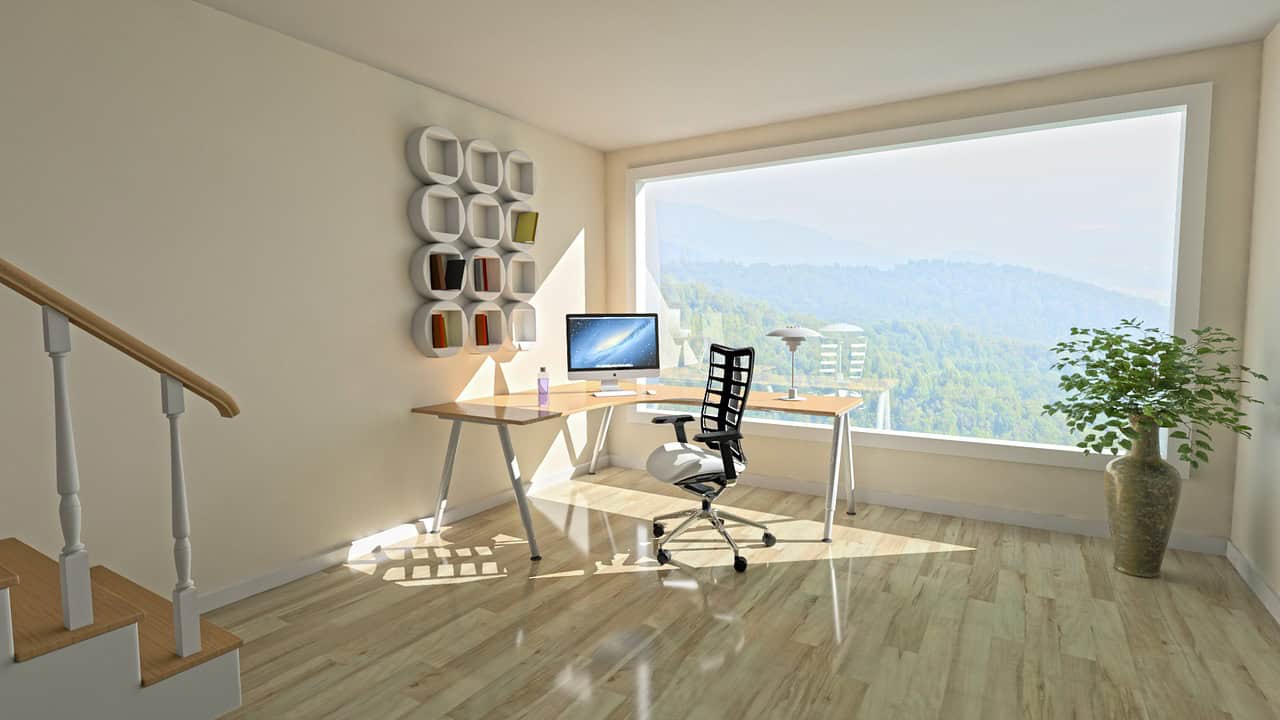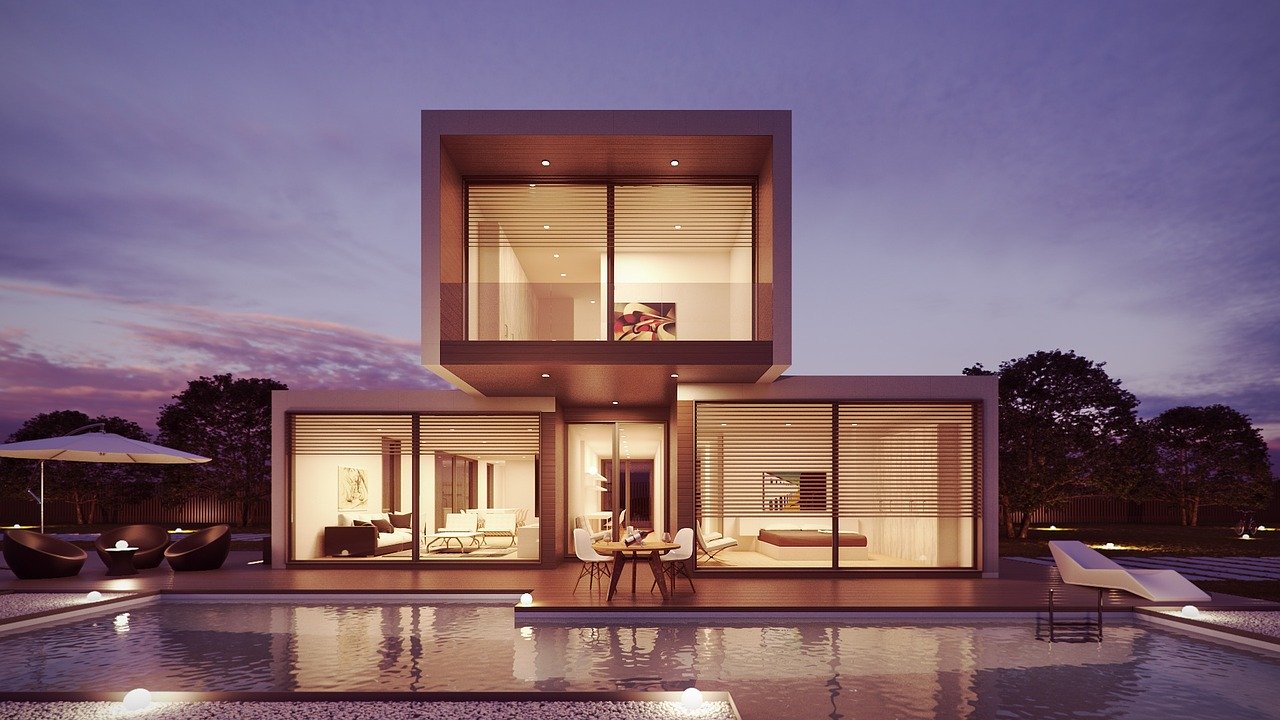The last few years have seen more and more companies rely on photorealistic imagery as a crucial tool in their marketing efforts. This is due large in part to the number of advantages and a seemingly infinite number of variations it offers. Studios that specialize in 3D rendering are becoming increasingly equipped at offering visual experiences that are as detailed as reality.
The Advantages of 3D Rendering
Ideal Lighting
3D renders allow the designer total control over lighting related elements — both indoor and outdoor.
In terms of interior lighting, a 3D render allows you complete control without the need of an expensive lighting crew. You have the ability to sharpen and soften shadows. Lights can be easily brightened and dimmed accordingly. You can even control ambient light in order to achieve subtle hues whilst in the presence of other light sources.
Unlike photography, which requires you to wait for the right weather, time of the day, and other elements. 3D rendering allows for control over all of these factors like the angle of the sun and the intensity of the sunlight. Meaning it’s always the perfect day when you’re 3D rendering.

Visualizing Future Changes and Projects
If you have a project that’s unfinished or one that’s in the planning stages, it can benefit considerably from 3D rendering. Builders, marketers, architects, and other professionals are quite adept at using 3D renders to explore their options.
In addition, as structures and spaces that have been 3D rendered undergo changes, you won’t need to start from scratch. It’s relatively easy to get a 3D rendered image modified.
In contrast, the traditional photographic process would require that the entire image to be recaptured. Rotating obviously isn’t possible meaning new perspectives would require a completely new photograph.
With 3D rendering, you get to take advantage of the flexibility of being able to modify imagery with just a few clicks of a mouse.
Precise Measurements and Accuracy
Many of the advantages of 3D renderings stem from control over the resulting imagery that 3D rendering provides. This control is much more apparent in the case of architectural renderings. Unlike digital photographs, a 3D render can offer precise measurements within the rendering itself.

For instance, suppose you need a 3D render of a spacious living room. The 3D image will be able to convey basic measurements including the height of the ceiling or the dimensions of every window.
A 3D render can also provide minute details like the exact specifications of the fireplace or the distance between the furniture found in the space. It’s also possible to have the render rotated so as to ascertain the distances of entities that are hidden in the static view of the photograph.
Clear Communication
Another area where you can expect 3D rendering to shine is with communication. Once your client has a full grasp of what you’re planning, it will be easier for them to buy-in and provide feedback.
A lot of people have trouble with fully committing to something when they can’t see or touch it. A 3D rendering allows for a tangible item that stakeholders, employees, and clients can visualize. This facilitates a better understanding of the project and helps to break-down the complexity of ideas into a singular, unified object.
Depending on the circumstances, in order to fully get your vision across, you may need to use a photorealistic rendering. However sometimes, having too much detail can be busy and result in a lack of clarity of the overall vision. In this case, an artistic 3D rendering can be used to help highlight only the key elements of the project.





